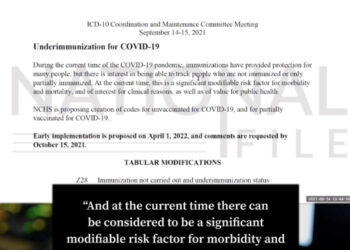Last Updated on September 28, 2022
For decades, NASA has been trying to come up with a plan to potentially neutralize an asteroid from hitting Earth, if such a scenario were to occur. In order to combat the threat, the agency came up with a strategy called “DART,” which would test the plausibility of intentionally crashing a space shuttle into an asteroid in order change its direction just enough to change its trajectory. On Tuesday, NASA successfully completed the exercise and was pleased with preliminary results. It will take time to measure the true success of the test, however.
On November 24th 2021, they launched Falcon 9. According to NASA the goal, was simple. “At its core, DART represents an unprecedented success for planetary defense, but it is also a mission of unity with a real benefit for all humanity,” said NASA Administrator Bill Nelson.
Falcon 9 spent 10 months traveling through space waiting to line up its target which was a small asteroid moonlet called Dimorphos, which is only 553 feet in diameter.
Yesterday at around 7:15 Eastern time, Falcon 9 crashed into Dimorphos. The first part of the test was a
complete success, according to Lindley Johnson, who serves as NASA’s Planetary Defense Officer. “DART’s success provides a significant addition to the essential toolbox we must have to protect Earth from a devastating impact by an asteroid,” Johnson said.
“This demonstrates we are no longer powerless to prevent this type of natural disaster. Coupled with enhanced capabilities to accelerate finding the remaining hazardous asteroid population by our next Planetary
Defense mission, the Near-Earth Object (NEO) Surveyor, a DART successor could provide what we need to save the day,” he went on to say.
NASA will have to wait at least weeks until they know how much they changed Dimorphos direction, which will be the true test of whether this strategy can work in the event of a catastrophic asteroid threat.





















